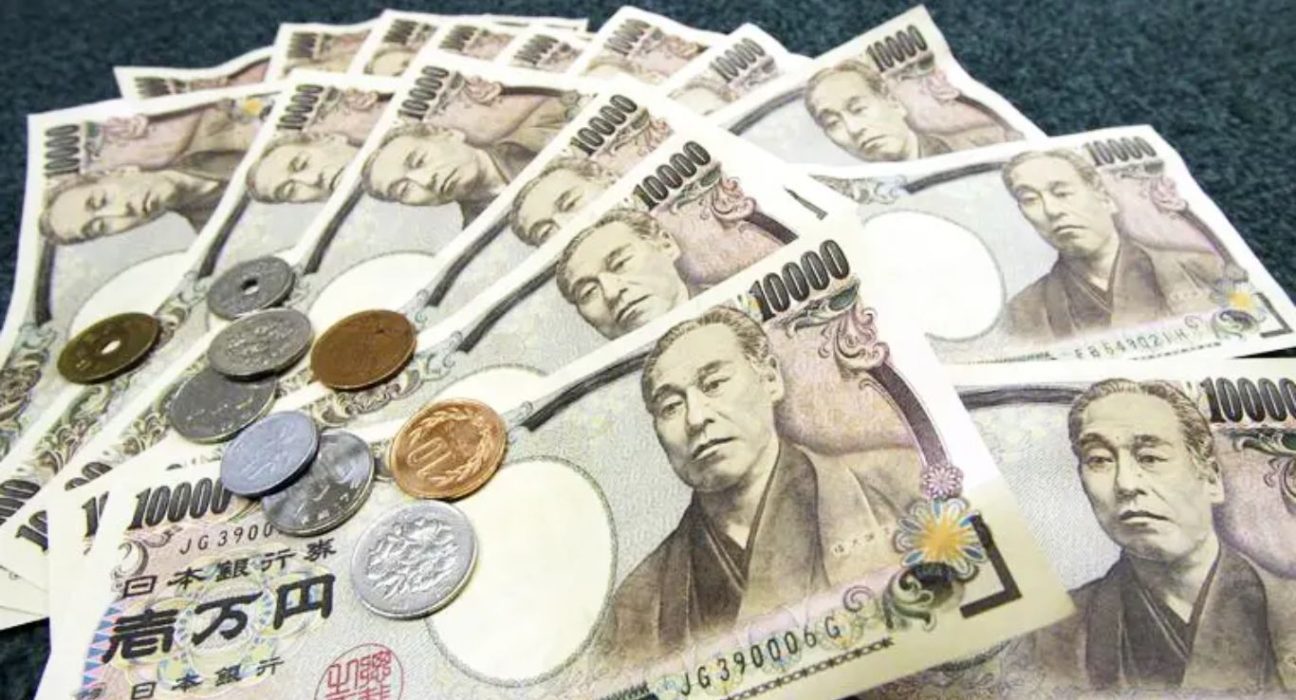Introduction
The Japanese yen showcased its remarkable resilience in the global currency markets as it rebounded from early losses against the US dollar. Despite initially falling as much as 0.8%, the yen managed to recover and trade 0.5% higher to the dollar by 00:56 ET (04:56 GMT). This intriguing volatility sparked interest among investors and analysts, as they attempted to decipher the factors influencing the yen’s swift turnaround.
Initial Losses Spark Concern
In the early hours of trading, the Japanese yen encountered some setbacks as it depreciated significantly against the US dollar. At its lowest point, the yen experienced a decline of 0.8%, raising concerns among investors about potential economic and geopolitical pressures influencing its performance. Analysts closely monitored the situation, trying to determine the underlying reasons behind the initial losses.
Resilience in the Face of Adversity
Despite the discouraging start, the Japanese yen displayed its characteristic resilience, bouncing back with equal force. By 00:56 ET (04:56 GMT), the currency managed to claw back its losses and even traded 0.5% higher to the dollar, surprising many market participants. This remarkable recovery left analysts searching for answers and highlighted the yen’s status as a safe-haven currency during uncertain times.
Factors Behind the Yen’s Rebound
Several factors played a role in the yen’s unexpected rebound against the US dollar. Firstly, Japan’s robust economic fundamentals and steady growth trajectory could have instilled confidence in investors, prompting them to buy back the yen after the initial dip. Moreover, the Bank of Japan’s prudent monetary policies may have contributed to stabilizing the currency, making it an attractive option for investors seeking safe-haven assets amid global uncertainties.
Market Sentiment and Risk Appetite
Market sentiment and risk appetite are crucial factors influencing currency movements. During the initial decline, the global market might have experienced heightened risk aversion, prompting investors to seek refuge in the US dollar. However, as risk sentiment improved or other fundamental factors came into play, the yen regained its allure as a safe-haven currency, leading to the subsequent recovery.
Geopolitical Developments
Geopolitical developments can have a significant impact on currency valuations. Any political tensions or uncertainties involving Japan or major global players could have contributed to the yen’s initial slump. Conversely, any signs of easing tensions or resolution of geopolitical issues might have bolstered the yen’s appeal, leading to its eventual resurgence.
Currency Intervention
Central banks occasionally intervene in the currency markets to influence the value of their respective currencies. While there is no official confirmation of currency intervention in this case, it remains a possibility that Japan’s central bank could have taken measures to stabilize the yen and prevent excessive depreciation. Such interventions, if undertaken, are typically done discreetly to avoid triggering market speculation.
Technical Factors
Technical analysis also plays a role in currency movements. Traders and algorithms often rely on various technical indicators and support levels to make their trading decisions. The initial dip and subsequent rebound of the yen might have been influenced by these technical factors, as traders adjusted their positions accordingly.
Market Reaction and Analysts’ Forecasts
The yen’s swift recovery surprised many market participants and financial analysts. Experts rushed to provide insights and predictions on the currency’s future trajectory. Some analysts anticipate the yen’s strength to persist, citing its safe-haven status and Japan’s economic stability. However, others remain cautious, noting that geopolitical developments or a shift in market sentiment could reverse the yen’s gains.
Conclusion
In conclusion, the Japanese yen demonstrated its resilience in the face of early losses, rebounding from a 0.8% dip to trade 0.5% higher to the US dollar by 00:56 ET (04:56 GMT). Several factors, including Japan’s economic fundamentals, risk sentiment, geopolitical developments, and possible currency intervention, contributed to the yen’s roller-coaster ride in the currency markets. As the global economic landscape remains uncertain, investors and analysts will continue to closely monitor the yen’s movements, keeping an eye on any potential shifts that could impact the currency’s trajectory in the days to come.










